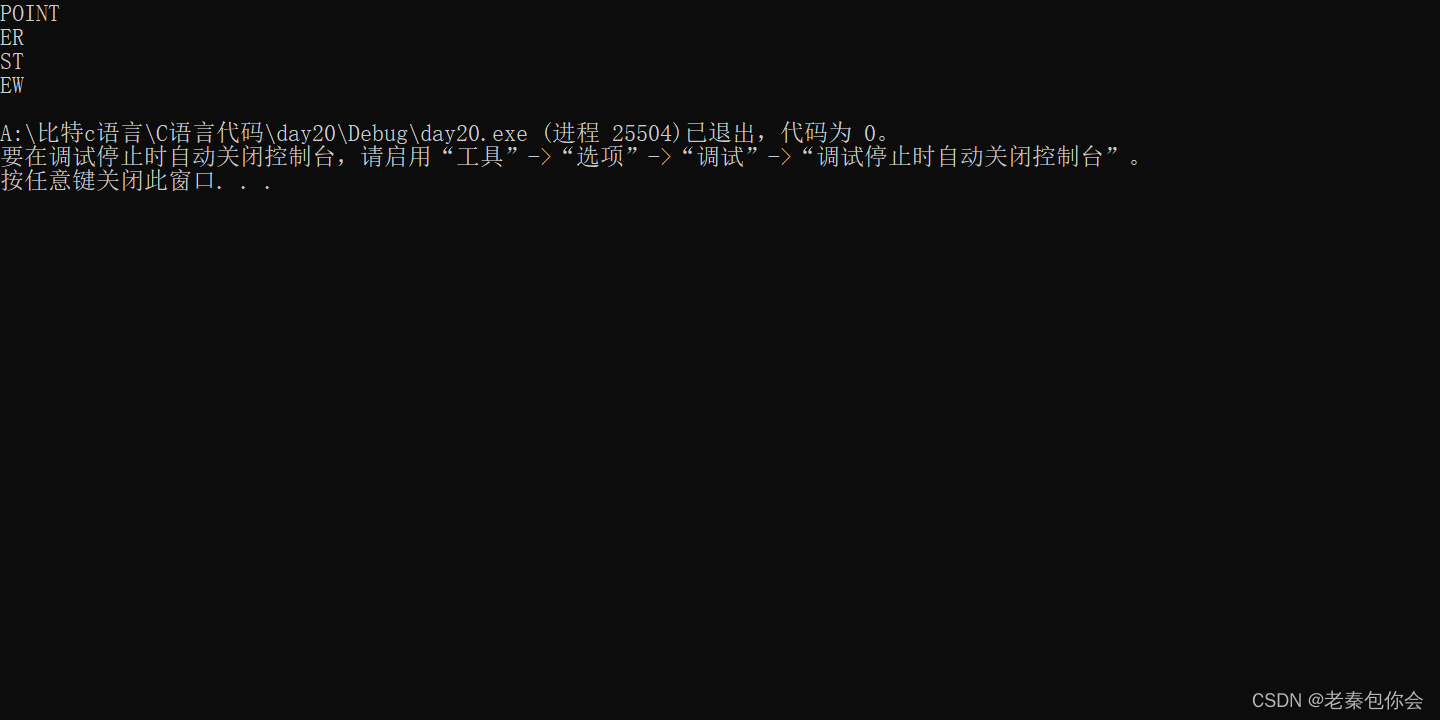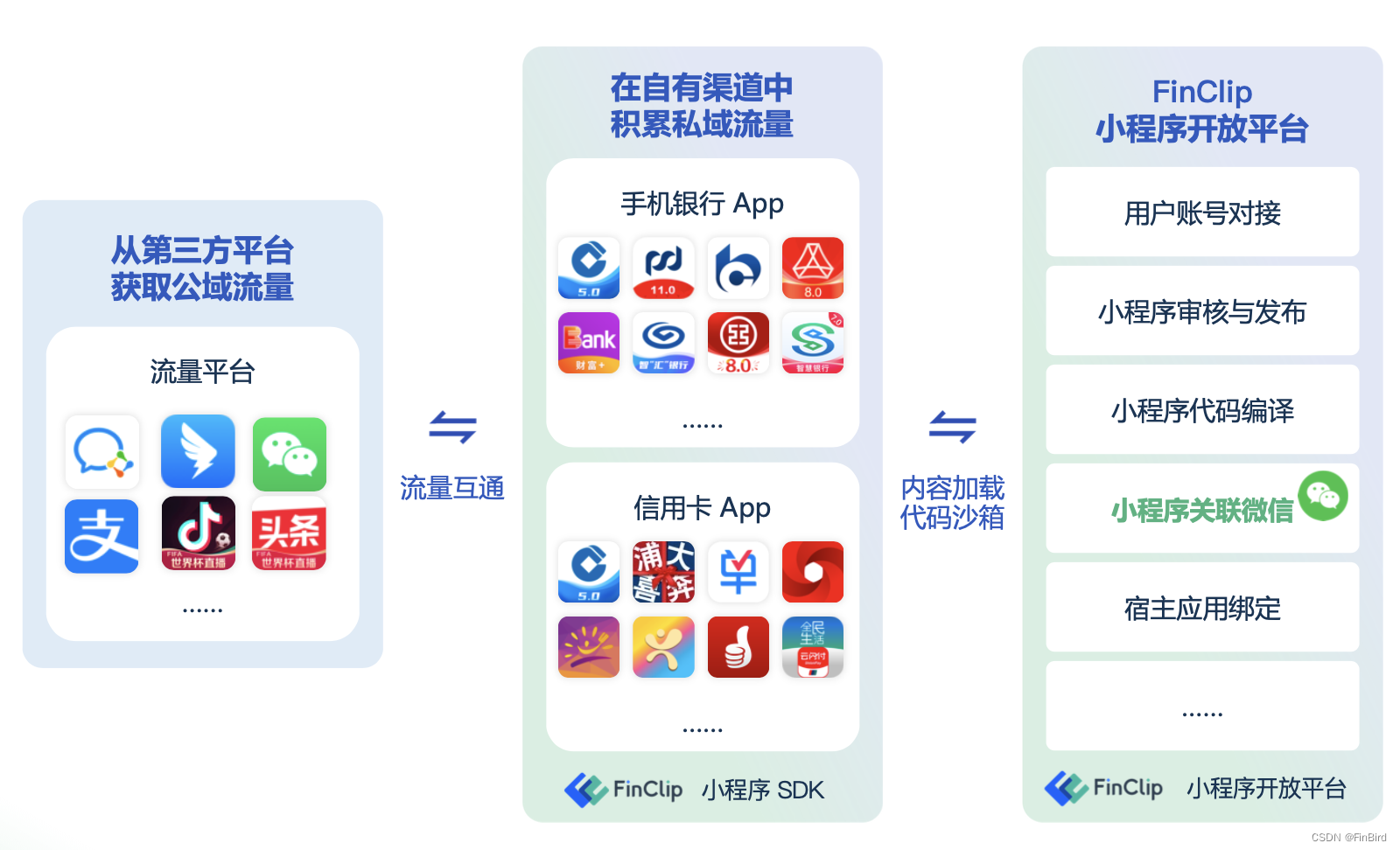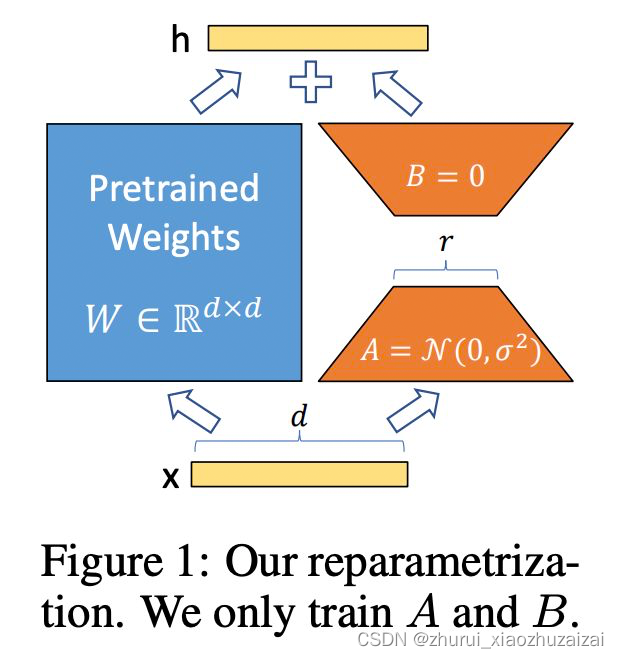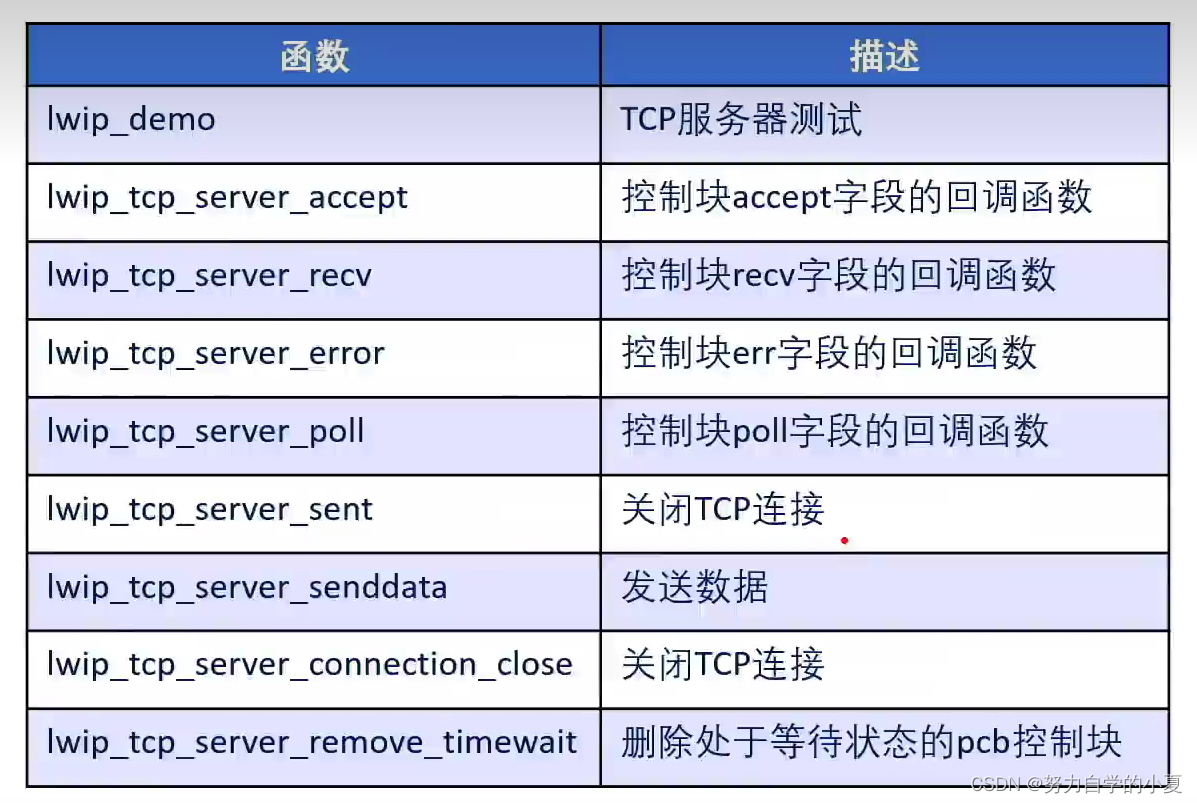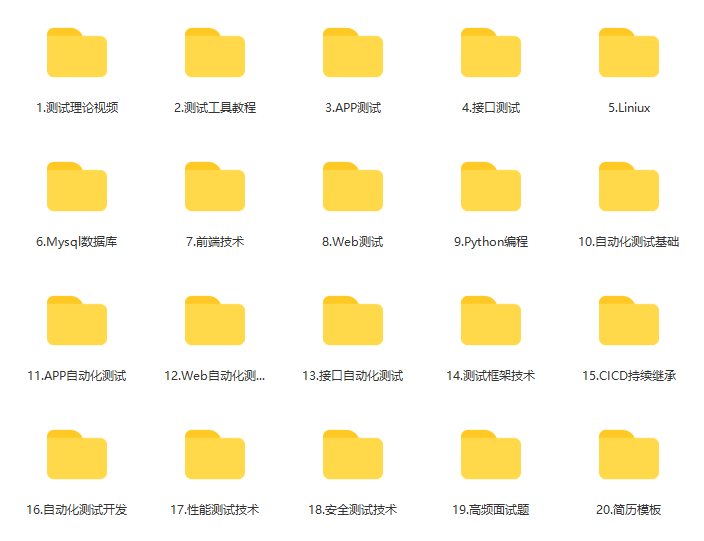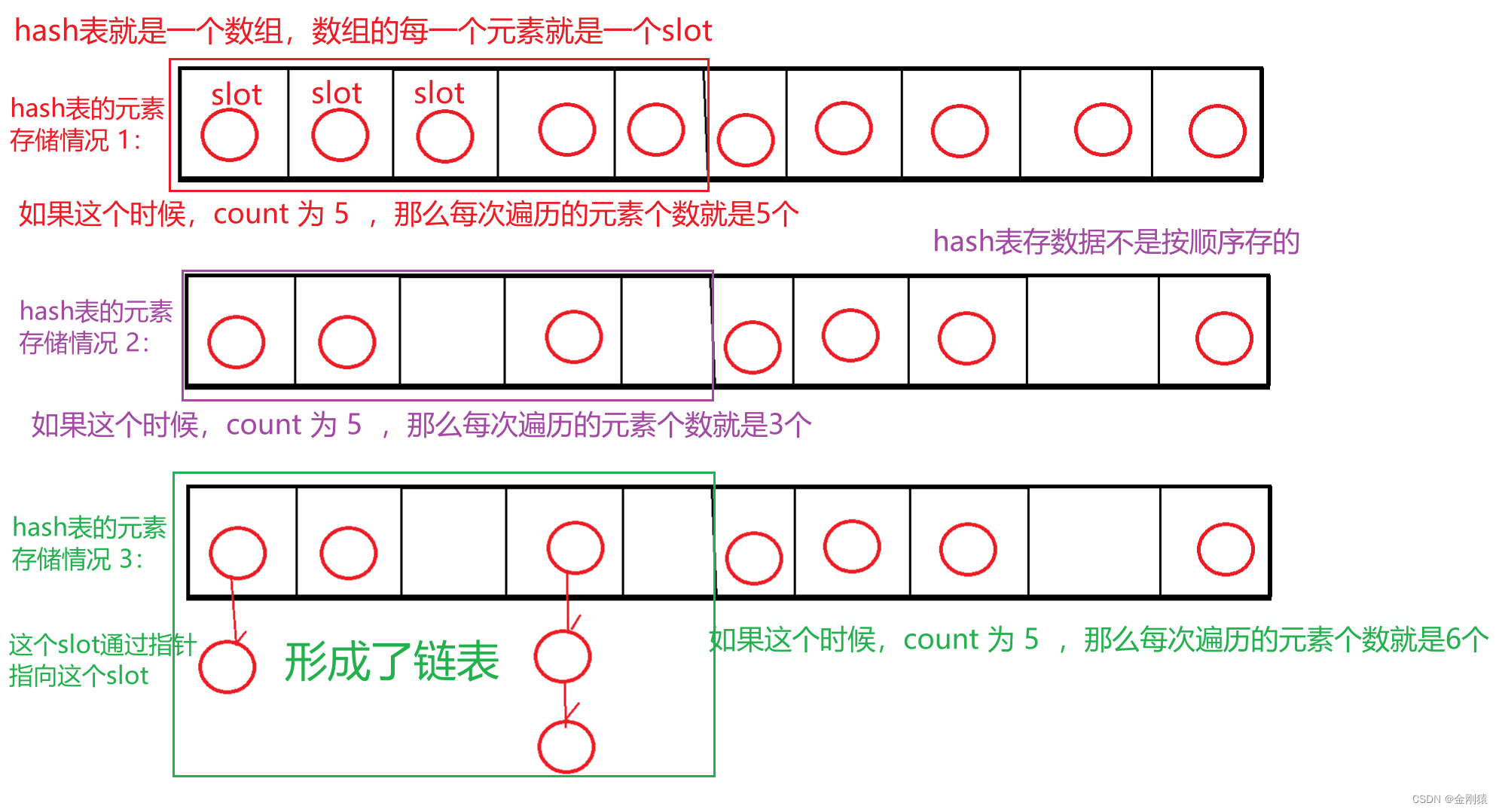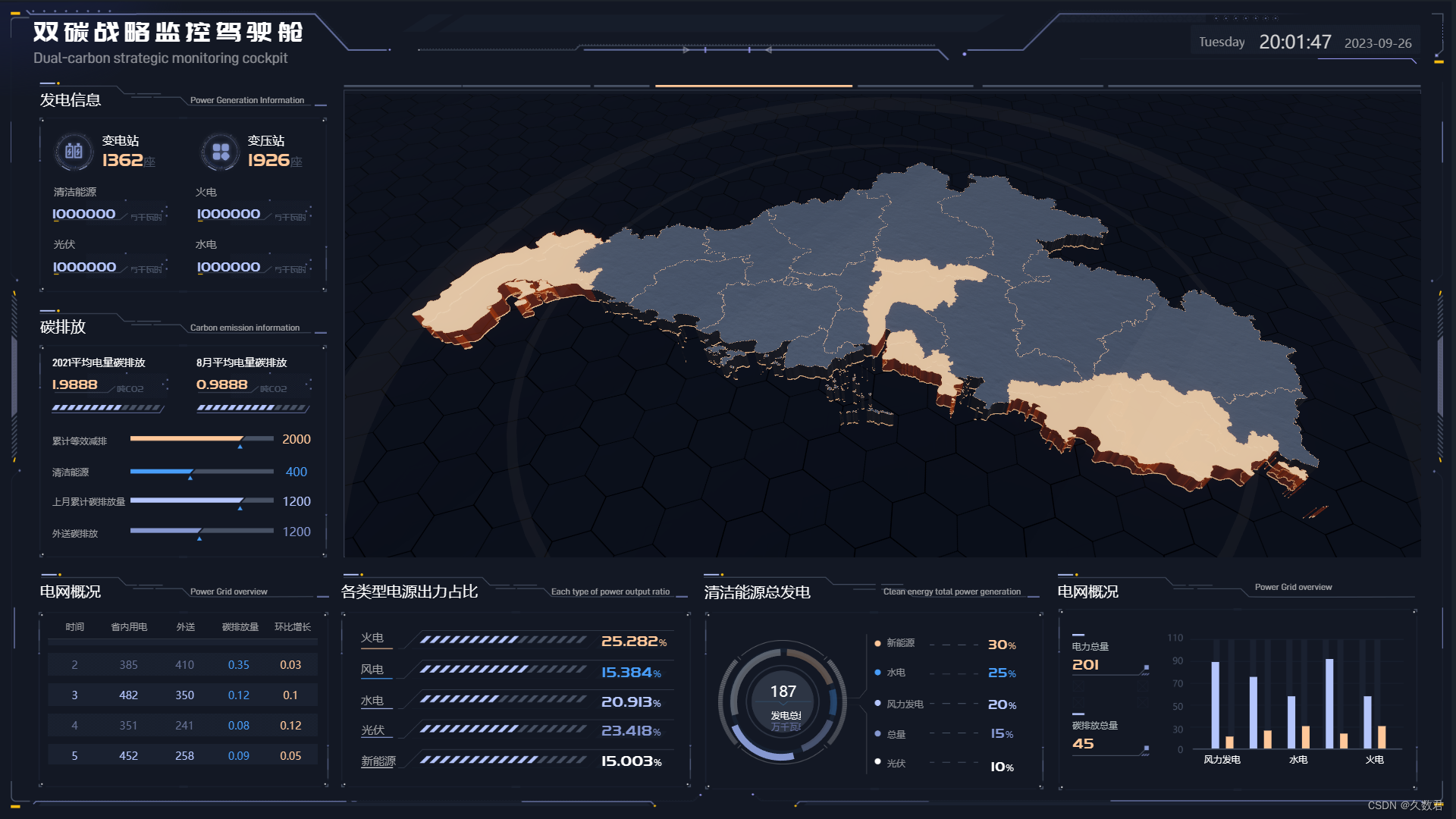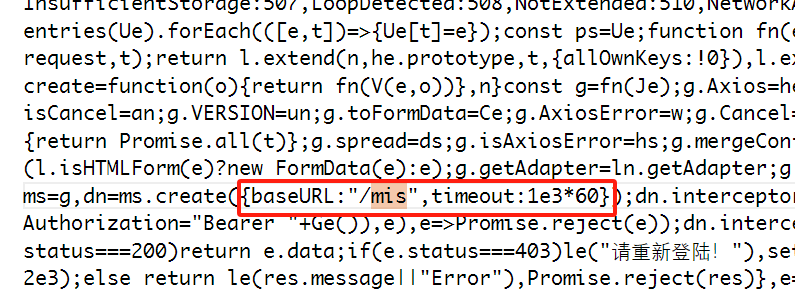效果

代码
var width = '';
var height = '';
const query = uni.createSelectorQuery();
//获取宽度
query.select('#firstCanvas').fields({
size: true
}, (res) => {
width = res.width;
height = res.height;
}).exec();
console.log('宽度'+width);
console.log('高度'+height);
<template>
<view>
<!-- 创建了一个宽度为300像素,高度为200像素的canvas元素。canvas-id属性被设置为"firstCanvas",可以用来在JavaScript中获取该canvas元素的上下文对象。 -->
<canvas style="width:200px; height:300px; border: 1px solid black;" canvas-id="firstCanvas"
id="firstCanvas"></canvas>
</view>
</template>
<script>
export default {
onReady: function(e) {
//创建一个画布上下文对象,用于进行绘图操作。'firstCanvas'是一个指定的画布标识符,表示在页面上的哪个 <canvas> 元素上进行绘制。
var context = uni.createCanvasContext('firstCanvas')
var width = '';
var height = '';
const query = uni.createSelectorQuery();
//获取宽度
query.select('#firstCanvas').fields({
size: true
}, (res) => {
width = res.width;
height = res.height;
}).exec();
console.log('宽度'+width);
console.log('高度'+height);
//绘制路径中的线条。
context.setStrokeStyle("#aaaaff")
// 设置线条的宽度为2个像素。
context.setLineWidth(2)
// 绘制横线
context.beginPath(); // 开始路径绘制
context.moveTo(width/2, 0); // 将起点移动到 (0, 100)
context.lineTo(width/2, 50);
context.stroke(); // 绘制线条
var x1 = width/4; // 第一个竖线的起点 x 坐标
var y1 = 50; // 第一个竖线的起点 y 坐标
var y2 = 30; // 短竖线的高度
var horizontalLength = width/2; // 横线的长度
context.beginPath();
context.moveTo(x1, y1 + y2); // 移动到第一个短竖线的起点
context.lineTo(x1, y1); // 绘制第一个短竖线
context.moveTo(x1 + horizontalLength, y1 + y2); // 移动到横线的右端下方
context.lineTo(x1 + horizontalLength, y1); // 绘制第二个短竖线
context.moveTo(x1, y1); // 移动到横线的左端下方
context.lineTo(x1 + horizontalLength, y1); // 绘制横线/* */
context.stroke(); // 绘制线条
// 将之前的绘图操作渲染到画布上。
context.draw()
},
methods: {}
}
</script>这里由于我对canvas设置了边框border:1px solid black.所以宽高都要分别增加1px+1px=2px的像素值
![]()


